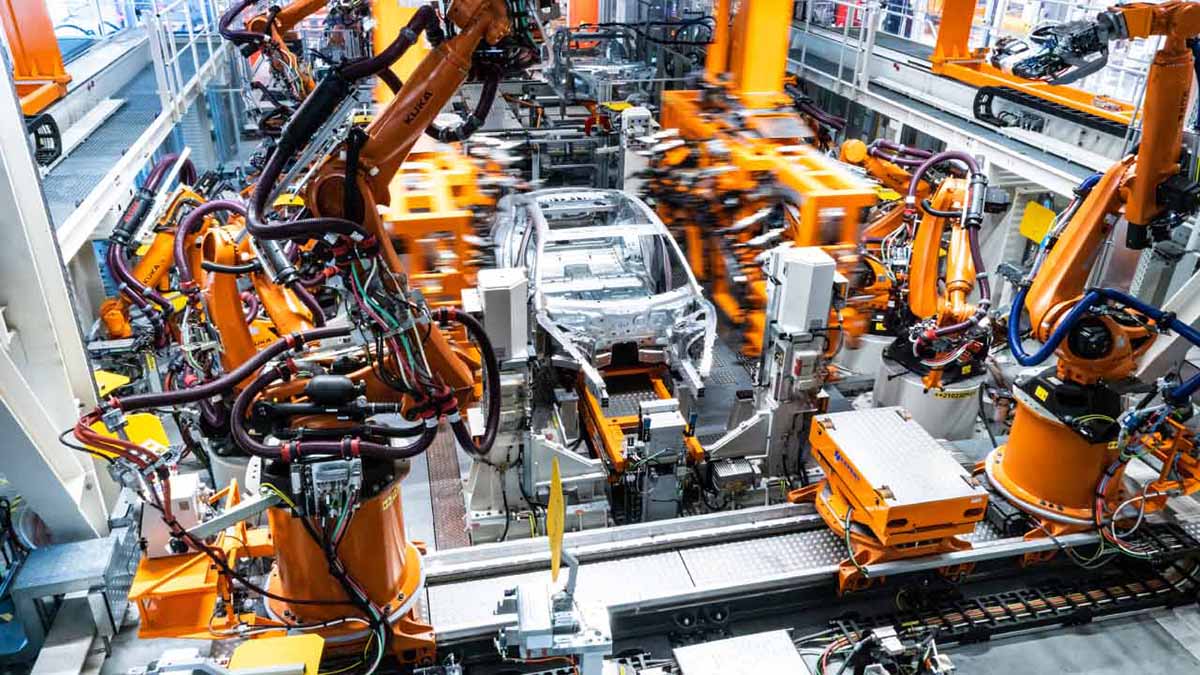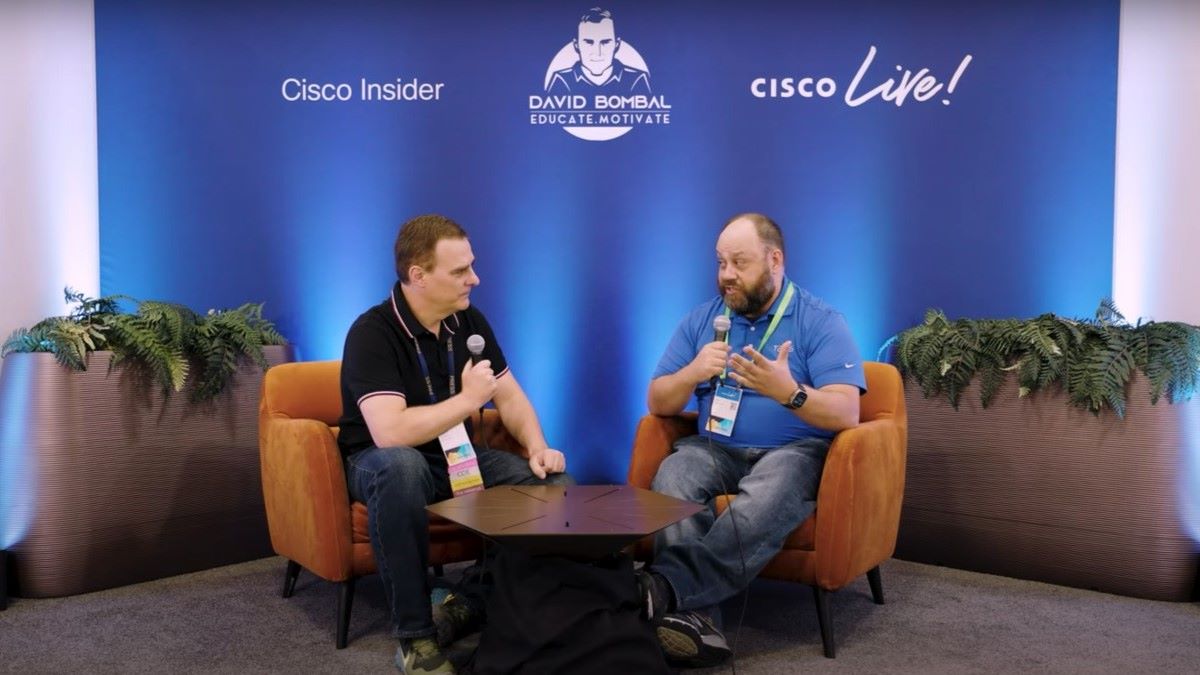Electric vehicle (EV) owners are set for a warm welcome when they charge up at a public charging station, thanks to technology developed by Cisco®.
Companies such as Samsung, the South Korean electronics giant, are working with Cisco on ways to entice EV owners into retail outlets when they stop to recharge their vehicles, helping forecourts adapt their business models to vehicle electrification.
As road transport moves from the internal combustion engine to the electric battery, the amount forecourts will be able to charge for refueling is set to drop. But the shift will give rise to another opportunity.
EV drivers will not be able to fill up in few minutes, as is the case with fossil fuel-powered cars. Instead, they will have to wait for a minimum of 20 or 30 minutes as their EV batteries charge up. This potentially means what they do not spend on gas could go on food or retail items.
The question for charging infrastructure providers is how to make that connection—and Cisco has the answer, by providing smart connectivity that allows a provider to target customers with contextualized and personalized retail offers and messages.
The first step of the process might be for an in-car or mobile system to alert the driver of the need to recharge and the availability of a nearby charging station, says Mark Scanlan, global business development manager for retail at Cisco.
“It says, ‘There is a charging station coming up that I have a partnership with. Would you like me to reserve you a charging slot?’” Scanlan explains. “As I pull in, it sees I’ve broken a geo-fence around the location and guides me to the charging point.”
This kind of service alone would be valuable for EV drivers frustrated by long waits to get to a charging point before they are even able to recharge their car. But once at the charge point, there is more to come.
Using data from previous visits, the charge point system could provide offers on food, drink, retail items, and more, from forecourt facilities. It could also offer premium services such as access to a fast charger.
Samsung is particularly interested in these kinds of application because it provides industry-leading displays and touchpoint screens for integration with EV charging stations from companies such as IoTecha.
The displays are ideal for communicating with EV drivers—provided the charge point system knows who the driver is. Contextual advertising could draw on customer profiles to offer promotions specific to each driver and their known likes and needs.
Related to this, “We’re working with several fast-food chains currently on vehicle recognition so you can shorten wait times in drive throughs,” says Scanlan.
Each of these situations provides retailers with new opportunities to engage with customers, drive their decision making, and increase the value of their experience.
In the United States today, customers tend to choose a particular public recharging facility based on various factors, with dependability, convenience, cost, and the need to travel beyond the EV’s battery range having the biggest impact, according to a 2021 study by the Fuels Institute.
But this is likely to change as EVs become more popular. Half a decade ago, Norway, which is by far the world’s leading market for EV adoption was already seeing partnerships between forecourt operators and retailers keen to take advantage of a captive audience of EV drivers.
Nowadays, Cisco could help those retailers not only provide a much better level of customer service but also use charging stations as the means to attract new customers to their businesses. “It’s all technology that is working today,” Scanlan says.
###




